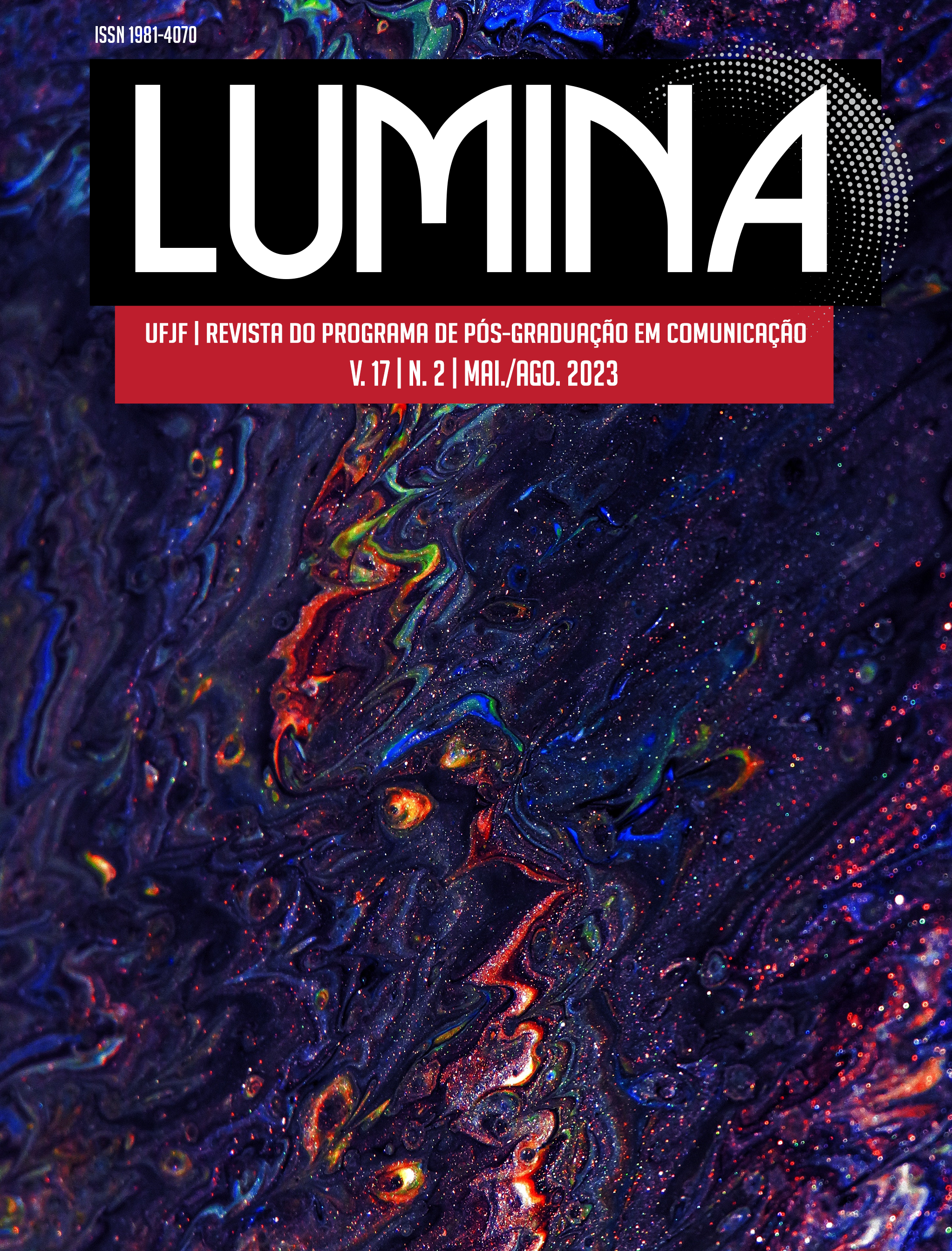Assistentes virtuais de marca como reforço dos estereótipos e preconceitos
DOI:
https://doi.org/10.34019/1981-4070.2023.v17.38623Keywords:
Comunicação e consumo, Assistentes virtuais de marca, Estereótipos, PreconceitosAbstract
The objective of the article is to reflect on the adoption of virtual assistants as a new type of brand expressiveness within the contemporary cybercultural scene. When observing the most common practices in the market, the recurrence of a process of naturalization of the stereotype of the image of a female character, notably of a black woman, in a trend that, in our view, reinforces prejudice stands out. When observing more usual market practices, we see several possibilities being used in different aesthetic, identity and linguistic directions. The concern concerns how this type of communication, characterized by a language coated with an astute, technological and essentially current logic, can slip a process of naturalization of the stereotype of the role of a submissive and servile woman, reinforcing racial and gender inequality. From researchers in the field of communication, we selected relevant examples of advertising scenario and examine empirical cases of visual representations used by brands, to discuss the logics that support this new format of media movement. It is evident that the images selected for the virtual assistants can become a kind of mental shield that normalizes and reinforces nefarious aspects of our society.
Downloads
References
ALMEIDA, S. O que é racismo estrutural?. São Paulo: Letramento, 2018.
AZEVEDO, S. T. de. Questões sobre mascotes digitais: publicidade, inteligência artificial e enunciação. In: Intercom – Sociedade Brasileira de Estudos Interdisciplinares da Comunicação. Anais do 43º Congresso Brasileiro de Ciências da Comunicação, 2020, Salvador. Disponível em: <https://bit.ly/46R68kH>. Acesso em: 5 jul. 2023.
BACCEGA, M. A. O estereótipo e as diversidades. Comunicação & Educação, n. 13, p. 7-14, 1998. Disponível em: <https://bit.ly/3JUx60U>. Acesso em: 5 jul. 2023.
BAGNO, M. Preconceito linguístico: o que é, como se faz. São Paulo: Loyola, 2007.
BAITELLO, N. A carta, o abismo, o beijo: os ambientes de imagens entre o artístico e o mediático. São Paulo: Paulus, 2018.
BARTHES, R. Mitologias. São Paulo: Difel, 1982.
BELTING, H. Por uma antropologia da imagem. Concinnitas, v. 1, n. 8. p. 64-78, 2005. Disponível em: <https://bit.ly/44KOEVA>. Acesso em: 5 jul. 2023.
BOSI, E. A opinião e o estereótipo. Contexto. São Paulo: Hucitec, 1977.
PEREIRA, M. E. Estereótipos na Publicidade: Como a Psicologia Social pode nos ajudar a identificá-los e evitá-los? In: LEITE, F.; BATISTA, L. L. (Orgs.). Publicidade antirracista: reflexões, caminhos e desafios. São Paulo: ECA-USP, 2019, p. 87 – 110. Disponível em: <https://bit.ly/3JXyro1>. Acesso em: 4 jun. 2022.
PEREZ, C. Mascotes: semiótica da vida imaginária. São Paulo: Cengage Learning, 2011.
PEREZ, C.; TRINDADE, E. Semiótica das expressões marcárias: nomes, mascotes, símbolos, logotipos e publicidade em análise. Signos do Consumo, v. 9, n. 1, p. 1-3, 2017. Disponível em: <https://bit.ly/46MNURq>. Acesso em: 4 jun. 2022.
SANTOS, L. C. Máquina que falam (e escutam): as formas de agência e de interação das/com as assistentes pessoais digitais. 2020. 409 f. Tese (Doutorado) - Programa de Pós-Graduação em Comunicação, Universidade Federal do Rio Grande do Sul, Porto Alegre, 2020. Disponível em: <https://bit.ly/47qrHc6>. Acesso em: 10 ago. 2023.
TRINDADE, E. O mundo divertido das mascotes levados a sério. Signos do Consumo, v. 3, n. 1, p. 129-132, 2011. Disponível em: <https://bit.ly/3NUaK13>. Acesso em: 4 jun. 2022.
WAJCMAN, J. Tecnologia de produção: fazendo um trabalho de gênero. Cadernos Pagu, n. 10, p. 201–256, 2012. Disponível em: <https://bit.ly/3rpmKjo>. Acesso em: 4 jun. 2022.
WEST, M; KRAUT, R; CHEW, H. E. I’d blush if I could: closing gender divides in digital skills through education. UNESCO/EQUALs, 2019. Disponível em: <https://bit.ly/3pNs9jO>. Acesso em: 4 jun. 2022.
Published
How to Cite
Issue
Section
License
Autores que publicam nesta revista concordam com os seguintes termos:
- Autores mantém os direitos autorais e concedem à revista o direito de primeira publicação, com o trabalho simultaneamente licenciado sob a Licença Creative Commons Attribution que permite o compartilhamento do trabalho com reconhecimento da autoria e publicação inicial nesta revista.
- Autores têm autorização para assumir contratos adicionais separadamente, para distribuição não-exclusiva da versão do trabalho publicada nesta revista (ex.: publicar em repositório institucional ou como capítulo de livro), com reconhecimento de autoria e publicação inicial nesta revista.
- Autores têm permissão e são estimulados a publicar e distribuir seu trabalho online (ex.: em repositórios institucionais ou na sua página pessoal) a qualquer ponto antes ou durante o processo editorial, já que isso pode gerar alterações produtivas, bem como aumentar o impacto e a citação do trabalho publicado (Veja O Efeito do Acesso Livre).








